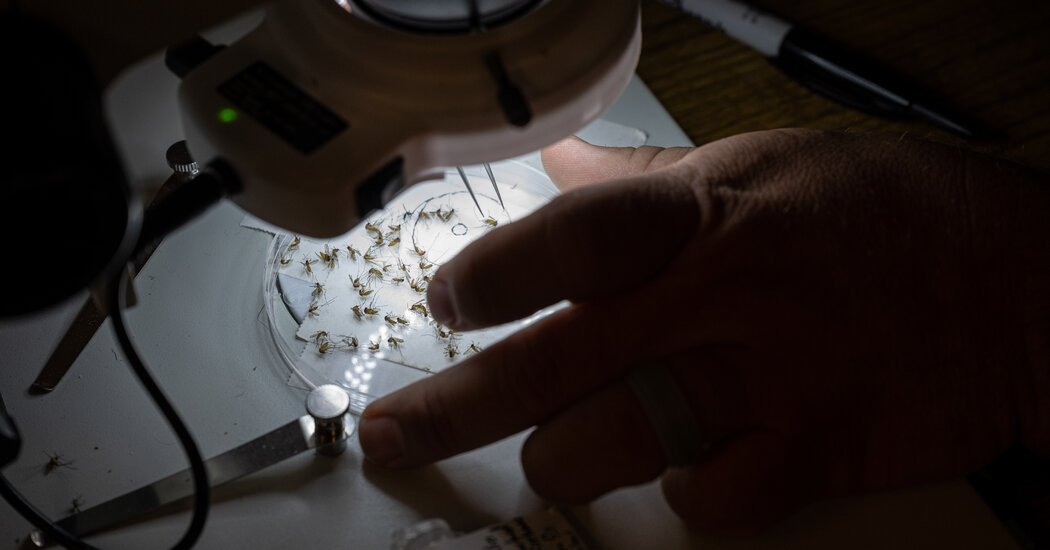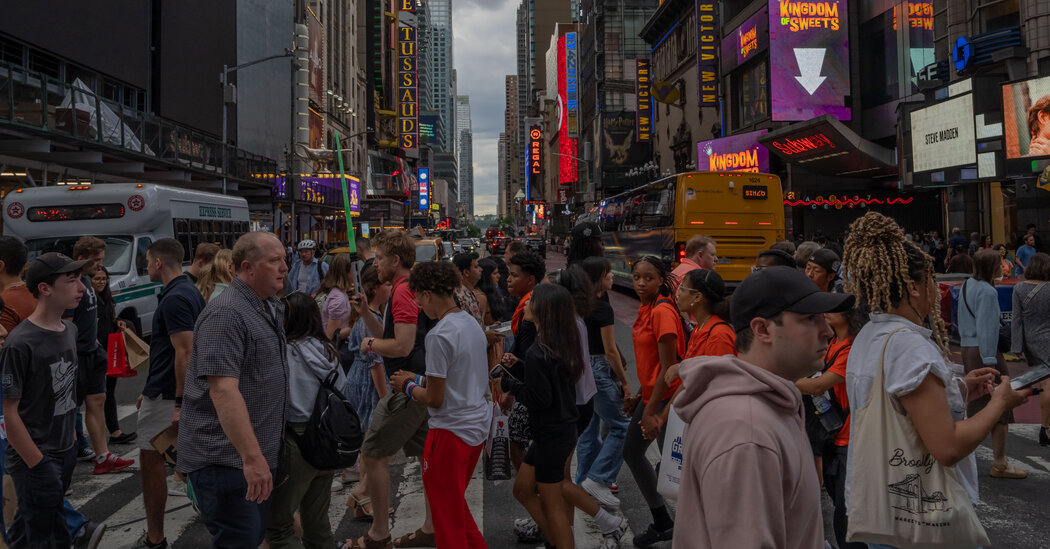The Mosquito-Borne Virus Keeping People Indoors at Night
Recent infections from the Eastern equine encephalitis virus are worrying health officials. Severe cases can be deadly or leave lasting injuries.Residents of 10 communities in Massachusetts have been warned to stay indoors from dusk to dawn. Some local parks are closed at night. A person in New Hampshire has died. Pesticides are being sprayed from trucks and aircrafts.What’s causing all of the alarm? A mosquito-borne virus called Eastern equine encephalitis, which is so rare that most infectious disease experts might never see a case. This year, at least four states have reported human E.E.E. infections.Here’s what you should know.Is this an unusually bad year for E.E.E.?The virus is endemic in North America, which means that it’s consistently present on the continent. The United States sees a handful of infections every year, mainly along the East Coast and around the Great Lakes. In 2019, there were a record 38 cases, the largest U.S. outbreak in recent history.As of Tuesday, the Centers for Disease Control and Prevention had reported four human cases, in Wisconsin, New Jersey, Massachusetts and Vermont. In addition, officials in New Hampshire have reported one death.But experts say it’s too soon to know whether this will turn out to be a particularly severe year. Mosquito-borne illnesses usually spread widely until around October, or when it’s cold enough for water to freeze, said Dr. Jonathan Abraham, a clinical infectious disease specialist at Harvard Medical School.Until then, health officials in the affected areas are urging residents to take precautions.Who should worry?The main risk factor for contracting the virus is exposure to mosquitoes, said Dr. Cameron Wolfe, a professor of infectious diseases at the Duke University School of Medicine.We are having trouble retrieving the article content.Please enable JavaScript in your browser settings.Thank you for your patience while we verify access. If you are in Reader mode please exit and log into your Times account, or subscribe for all of The Times.Thank you for your patience while we verify access.Already a subscriber? Log in.Want all of The Times? Subscribe.
Read more →








